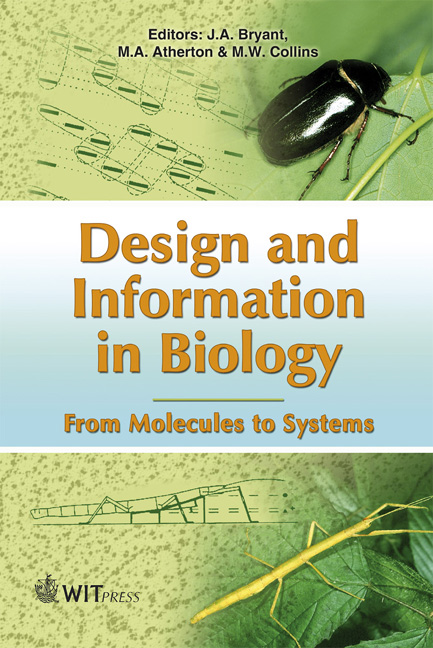Living Systems, ‘total Design’ And The Evolution Of The Automobile: The Significance And Application Of Holistic Design Methods In Automotive Design, Manufacture And Operation
Price
Free (open access)
Volume
27
Pages
66
Published
2007
Size
4544 kb
Paper DOI
10.2495/978-1-85312-853-0/13
Copyright
WIT Press
Author(s)
D. Andrews, P. Nieuwenhuis & P.D. Ewing
Abstract
Chapter 13 Living systems, ‘total design’ and the evolution of the automobile: the significance and application of holistic design methods in automotive design, manufacture and operation D. Andrews1, P. Nieuwenhuis2,3 & P.D. Ewing4 1Sustainable Transport Research Centre, London South Bank University, London, UK. 2Centre for Automotive Industry Research, University of Cardiff, UK. 3ESRC Centre for Business Relationships, Accountability, Sustainability and Society, Cardiff, UK. 4Department of Mechanical Engineering, Imperial College of Science, Technology & Medicine, London, UK. Abstract During the latter decades of the 20th century as products became increasingly complex it became necessary to formalise engineering and product design methods, reputed exponents of which include Gerhard Pahl andWolfgang Beitz, L. Bruce Archer, Nigel Cross and Stuart Pugh. Pugh’s ‘total design’ method is described as a linear activity in that product manufacture and use are considered but not what happens to the product at the end of life. This chapter discusses the need to update the ‘total design’ model by comparing the product life cycle and that of the automobile in particular with systems and cycles in the natural world. 1 Introduction A tool is ‘a device or implement . . . used to carry out a particular function’ [1]. The term tool is usually associated with hand-held devices but, in the broadest sense, all labour-saving devices that have been produced to make the execution of tasks easier, more efficient and precise may be described as tools. Tools are used by several species of animal including members of theApe family although none are as complex or sophisticated as those used by human beings (Homo sapiens). The simplest tools are natural objects such as stones and cactus spines, the former being used by Egyptian vultures to crack ostrich eggs while the latter are used by the woodpecker Finch to extract grubs from trees [2].
Keywords





